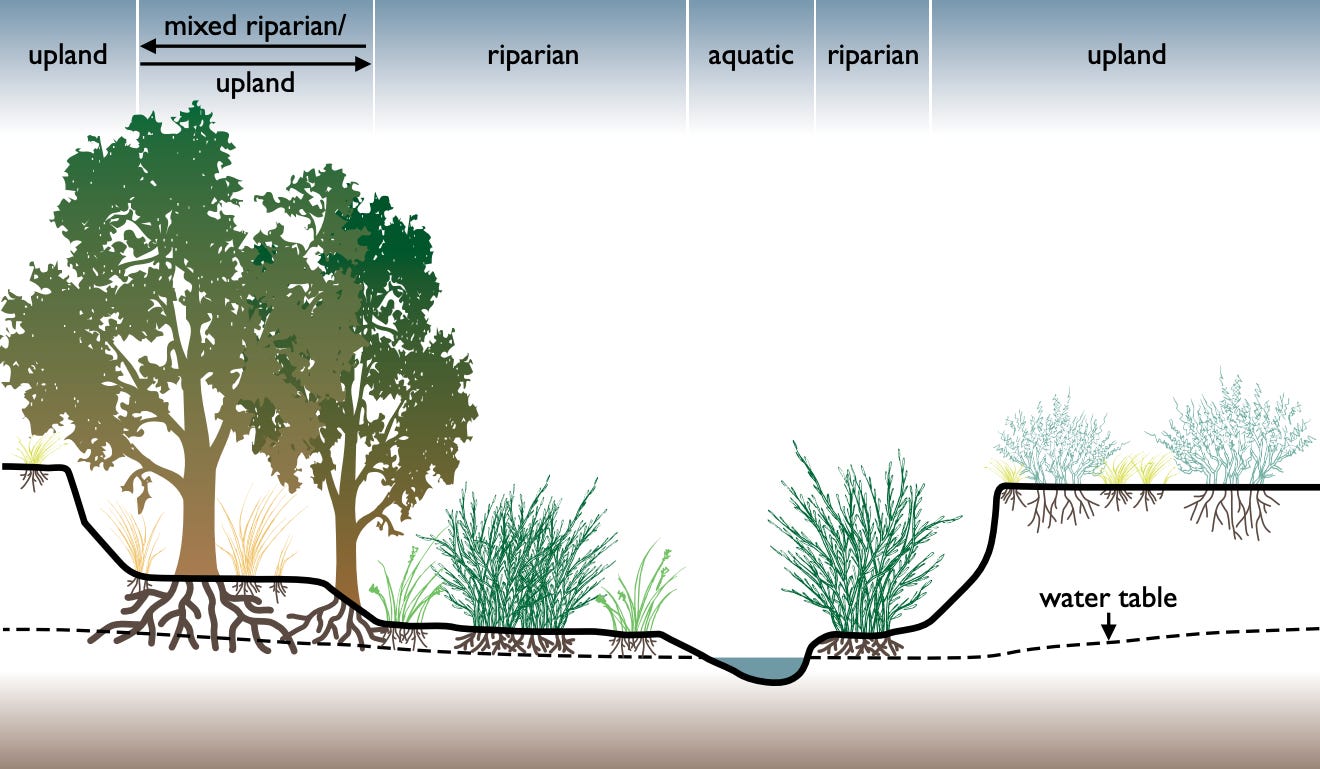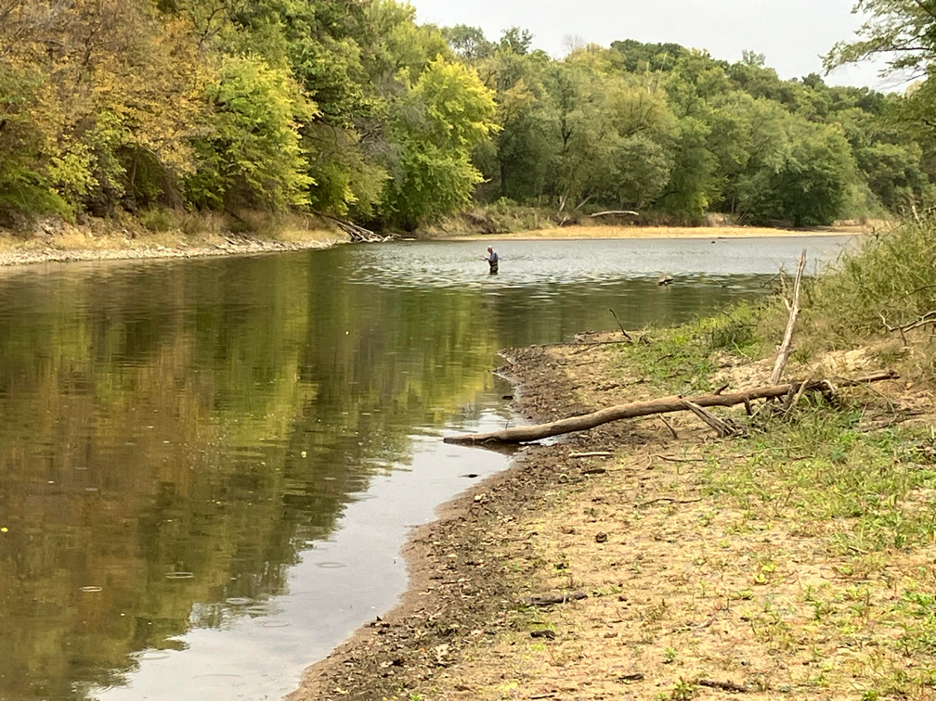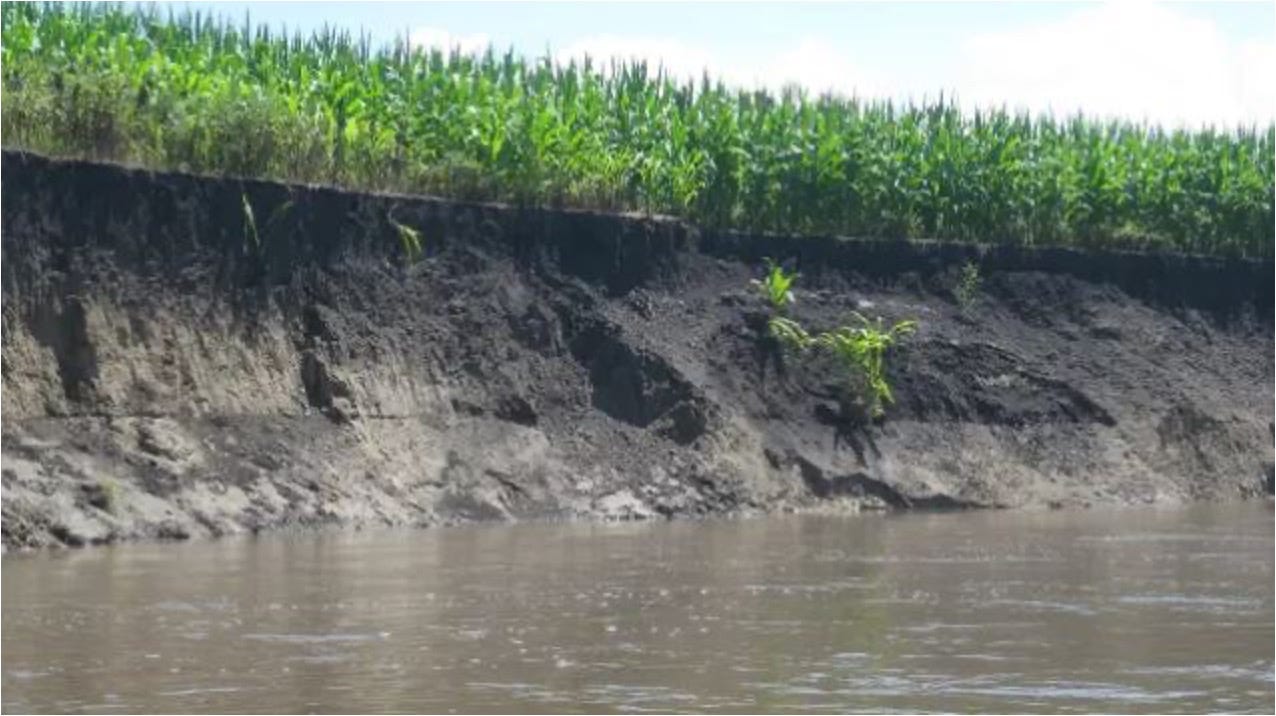Independent Iowa journalist and FOKR (Friend of Ken Rozenboom) Robert Leonard interviewed me Monday and I am posting a few comments about that along with a recording of the interview here. Bob also wrote a substack column about it, and you can find it here. Full disclosure: I’ve known Bob for only about nine months, but in that nine months I’ve gotten to know him pretty well. It’s not like a reporter calling out of the blue when he calls me.
The interview centered around a bill introduced in the Iowa legislature, House File 2029, that was sponsored by Beth Wessel-Kroeschell (Story County), Ross Wilburn (Story County), Sharon Steckman (Cerro Gordo County) and Elinor Levin (Johnson County). Among other things, the bill would require an average buffer of 50’ with a minimum of 30’ on Iowa stream banks. Minnesota has a law requiring a 50’ buffer.
Lobbyist declarations ‘in favor’ thus far include the Iowa Environmental Council, Izaak Walton League, and Iowa Chapter of the Sierra Club. ‘Undecided’ declarations include Iowa DNR and Coalition for Iowa Woodlands and Trees. Curiously, Iowa Natural Heritage Foundation and Conservation Districts of Iowa (CDI) have not declared and this is especially curious in the latter case because CDI passed a resolution a few years ago specifically asking the state to do this. Go figure.
Buffering streams with a strip of perennial cover between the high water marks of the stream and a cropped field is Conservation 101. We know that high nitrate streams can still retain some ecological integrity IF the riparian area is kept intact with grasses, trees and other types of perennial vegetation. The Upper Wapsipinicon River, which has a healthy fishery of desirable native species, is an example. In the sometimes mindless discussion of Iowa’s nutrient reduction strategy, which happens often this time of year during the legislative session, folks frequently focus on aspirational objectives like cover crops on half of our 26 million crop acres, or 10,000 constructed wetlands, or other such fantasies. This is the hard stuff. Buffering streams is the easy stuff. If we can’t even do the easy stuff, how on earth are we going to manage to do the hard stuff? If we cannot even protect riparian corridors in Iowa, then it truly is hopeless on water quality.

But in the hyperindividualism that characterizes the current Republican Party, by god, if a guy owns a piece a ground he ought to be able to do whatever the hell he wants on it, the common good be damned.
As Bob points out in his column, Republicans like to fill the capitol with more shit than Sioux County, making it hard to maintain any sense of optimism about Iowa’s environment. In one egregious example, my old farmer friend Tom Shipley has spoken favorably of a bill that would end anonymous reporting of environmental crimes to Iowa DNR (yeah I know most of them aren’t crimes per se, but most of them should be).
The state has been plundered and its streams wrecked—anyone with working eyes in their head can see that. But Big Ag’s thirst for polluted water remains unquenched and their friends in the legislature are determined to give it to them, along with license to do whatever they want with Iowa’s land, water and air here in their Ayn Rand dystopia.
While the stream buffer bill likely has as much chance of passing as Ken Rozenboom buying Taylor Swift tickets, it’s important to introduce legislation like this so that the polluters are forced to defend stuff like the above photo. And, maybe more importantly, it challenges lily-livered Democrats to walk the walk on the common good—are they for it, or not?
Here is the interview:
Bob and I are both members of the Iowa Writers’ Collaborative. Below is a list of the writers that comprise the group. Please support the group’s work by sharing and subscribing, along with considering a paid subscription. We are pleased that the Iowa Capital Dispatch republishes some of our columns. Please consider a donation to that excellent source of news and information.






Paul Johnson introduced a similar bill many years ago, early 1990’s. It was blasted right and left. The Leopold Center subsequently set up an interdisciplinary team to look at the issue and established a site north of ames on bear Creek. It was one of the Center’s most successful team projects and led to national awards and helped NRCS write standards for riparian zones. Of course, no one remembers or cares for the past. Dennis Keeney
Outstanding commentary on a problem older than the Bible...